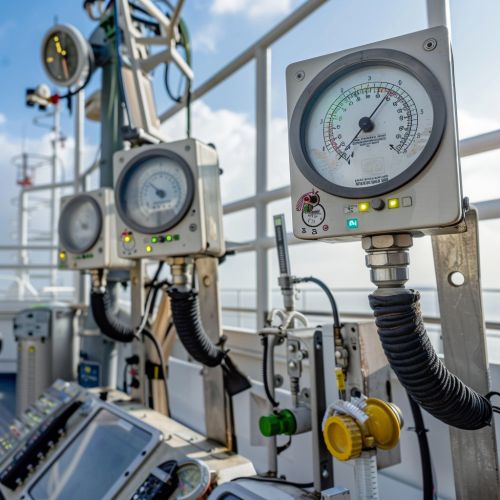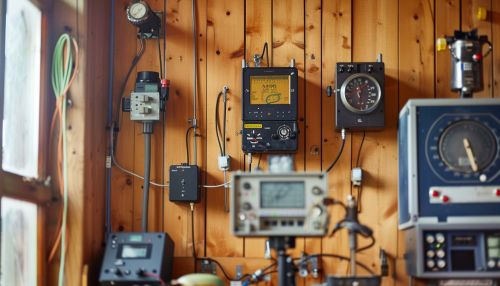Southern Oscillation Index
Overview
The Southern Oscillation Index (SOI) is a standardized index derived from the observed sea level pressure differences between Tahiti and Darwin, two key locations in the Pacific Ocean. It is one of the primary measures used by meteorologists and climatologists to monitor the strength and phase of the El Niño–Southern Oscillation (ENSO) phenomenon, which is a major driver of global weather and climate patterns.


Calculation and Interpretation
The SOI is calculated by taking the standardized difference in sea level pressure between Tahiti and Darwin. This difference is then scaled to have a mean of zero and a standard deviation of one, which allows for easy comparison of values over time and across different locations. Positive values of the SOI indicate stronger than average trade winds, cooler than average sea surface temperatures in the central and eastern Pacific, and generally wetter conditions in Australia and Indonesia. This phase of the ENSO cycle is known as La Niña. Conversely, negative values of the SOI indicate weaker than average trade winds, warmer than average sea surface temperatures in the central and eastern Pacific, and generally drier conditions in Australia and Indonesia. This phase is known as El Niño.
Historical Records and Trends
Records of the SOI date back to the late 19th century, providing a valuable long-term dataset for studying climate variability. Analyses of these records have revealed a number of important trends and patterns. For example, there is evidence of a roughly 3-7 year cycle in the SOI, corresponding to the typical frequency of El Niño and La Niña events. There is also evidence of longer-term variability on decadal and multi-decadal timescales, which may be related to other climate phenomena such as the Pacific Decadal Oscillation and the Atlantic Multidecadal Oscillation.
Applications and Uses
The SOI is widely used in weather forecasting and climate research. Its values can provide early warning of potential El Niño or La Niña events, which can have significant impacts on weather patterns around the world. For example, a strong El Niño event can lead to increased rainfall in parts of the United States, drought in Australia and Indonesia, and changes in monsoon patterns in Asia. The SOI is also used in climate models to simulate past and future climate conditions, and to investigate the potential impacts of climate change on ENSO variability.
